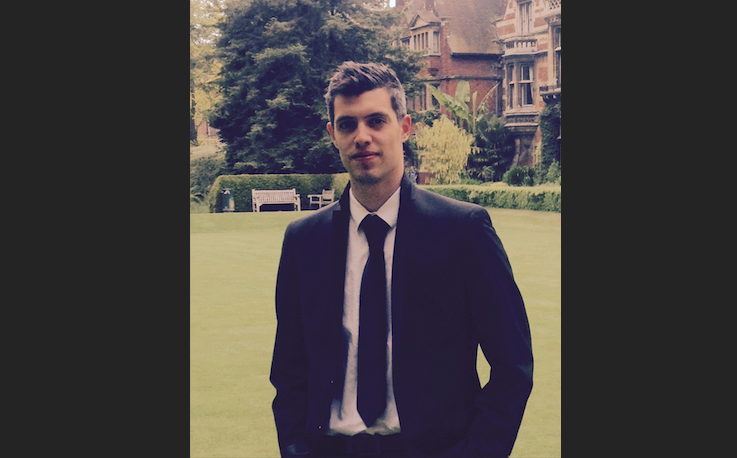Welcome New Faculty: Ioannis Pappas
Join us in welcoming the newest member of the INI faculty, Ioannis Pappas, PhD, who conducts multimodal studies of patients with brain injury and stroke.
Brain imaging and computational models offer insights that may lead to recovery among patients who are comatose or in a persistent vegetative state. But studying such patients is a challenge. By observing individuals under general anesthesia—a more controlled loss of consciousness—Ioannis Pappas, PhD, can begin to understand what’s happening in the brain and build models to test in patients with brain injuries.
Dr. Pappas, who joined the USC Mark and Mary Stevens Neuroimaging and Informatics Institute (INI) as an assistant professor of research neurology in July, conducted that research during his doctoral studies in clinical neuroscience at the University of Cambridge in England. He used functional magnetic resonance imaging (MRI), as well as structural methods including diffusion tensor imaging (DTI), to study how neural connectivity changes in patients who are unconscious and whether those changes can predict recovery over the long term.

During his postdoctoral studies at the University of California Berkeley’s Helen Wills Neuroscience Institute, Dr. Pappas shifted his research focus to stroke recovery, with funding from the U.S. Veterans Administration. Using fMRI, DTI, blood flow imaging, and spectroscopy, he collected longitudinal data of veterans recovering from a stroke in an effort to understand the relationship between behavioral and neurological changes over time.
Because of the nature of that data—stroke patients have lesions in the brain that differ from one person to the next—a big part of Dr. Pappas’ research involves developing methods to standardize and facilitate the processing of MR images. Collecting data with multiple methods, such as combining standard structural brain images with arterial spin labeling, also helps create a more complete picture of stroke recovery. For example, Dr. Pappas found that the amount of residual blood flow in chronic stroke patients who have aphasia relates to their scores on language tests.
At the INI, Dr. Pappas will continue using multimodal methods to characterize clinical data. He is excited to draw on the institute’s vast collections of data and collaborate with its multidisciplinary team of researchers that includes engineers, cognitive neuroscientists, imaging experts, and more.
“We cannot have just one approach—we need multiple ways of collecting, analyzing, and interpreting neuroimaging data,” he said. “For that reason, interdisciplinary research is the way forward for tackling big programs of pathology and disease in the brain.”
Read more about Dr. Pappas’ findings on sedation and disorders of consciousness:
Brain network disintegration during sedation is mediated by the complexity of sparsely connected regions in NeuroImage
Consciousness-specific dynamic interactions of brain integration and functional diversity in Nature Communications
Read more about his research on methods development for studying stroke recovery:
Improved normalization of lesioned brains via cohort-specific templates in Human Brain Mapping
Poster presentation from the 2020 Society for the Neurobiology of Language conference:



